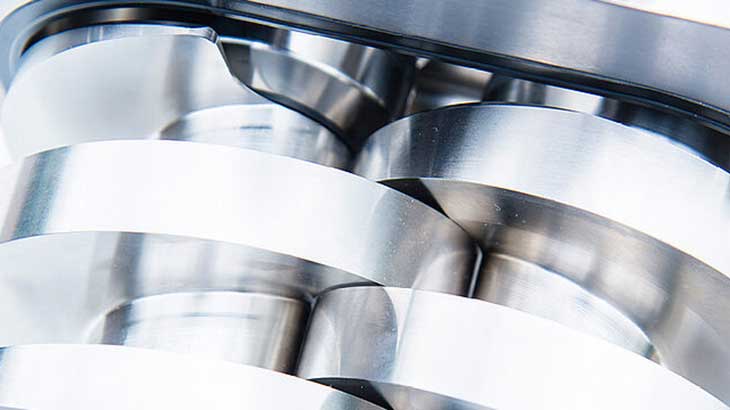
EFPS Group, as the preferred sales channel and official distributor of GEA Westfalia Separator GmbH / GEA TDS GmbH / GEA Flow Components / GEA Filtration / GEA Niro Soavi / GEA CMT / Kelvion PHE GmbH / Kelvion ΒPHE GmbH and Jung Process Systems GmbH, is established as a specialist for technically and economically optimized process technologies for the treatment of milk products, juice, olive oil and various liquid foods.
Additionally, EFPS Group offers a variety of core components in the Dairy, Liquid Food, Edible Oil, Brewery, Chemical, Cosmetics & Pharmaceutical industries, such as Separators, Decanters, Homogenizers, Heat Exchangers, Pumps, Valves, Cleaning Technology, Product Recovery Systems, In-Line Process Connections, Tank Safety Systems, etc.
Additionally, EFPS Group offers a variety of core components in the Dairy, Liquid Food, Edible Oil, Brewery, Chemical, Cosmetics & Pharmaceutical industries, such as Separators, Decanters, Homogenizers, Heat Exchangers, Pumps, Valves, Cleaning Technology, Product Recovery Systems, In-Line Process Connections, Tank Safety Systems, etc.
What are you looking for?
Let's stay in touch!
Learn more about innovations and our products, by signing up to our newsletter.
Contact us
We are here to help! With just a few details we will be able to respond to your inquiry.




